Written by: Roshan Dwivedi
Home entertainment is on the brink of a revolution with Over the Top (OTT) TV taking center stage. OTT services offer a plethora of content including premium or niche content that is made available for users to watch anywhere, anytime. Whether the content is short-form or long-form, most libraries consist of enormous on-demand catalogs. For a consumer, it, therefore, becomes a tedious task to plunge into this sea of content and locate what they want to watch. Imagine if they have to spend unsolicited minutes in accessing and deciding what to watch! What a setback would it be for user experience! Well, fortunately, that’s not the case, thanks to efficient content discoverability algorithms.
This brings us to an interesting concept called “metadata”.
So what is Metadata?
In a web page environment, metadata refers to the title, description, and meta tags such as keywords, etc. that describe the content of the web page and help in search optimization. But that’s not entirely the case for OTT content.
In the context of OTT, metadata is used to aid content discovery. In a Content Management System (CMS) for audio or video content, metadata is used to categorize content. This helps in identifying, retrieving, and relating it to other content. Metadata contributes to easier discovery of resources in a library by using more accurate content descriptions. This makes search and recommendations more granular.
Let’s take a look at what metadata exactly is and delve into its importance in the OTT realm.
Uses of Metadata
1. Cataloging: While adding content to your platform, you need to classify them under different categories such as movies, TV shows, documentaries, etc. You’ll also need to create genre-specific menus such as crime, comedy, thriller, horror. This’s what a smart metadata management system will help you accomplish.
As a platform owner, you can create new unique metadata for specific needs. Elements such as artists, release date, content type (video, audio), content format (single-part, multi-part), and content category (eg: movie, TV Show, Video Clip, Live Streaming, etc.) should be configured in the metadata so that users can search for content based on specific search criteria.
2. Search/Content discovery: Content discovery is based on relevant metadata associated with each item of content. Platform owners can and should make use of metadata effectively to enhance the way users interact with the platform.
For a user, the search feature is quite essential to discover content that they want to watch. Your platform’s internal search engine will tap into the rich metadata information you have provided to each item in the library so that it is indexed and discoverable based on a user’s search pattern.
Users may run a search based on content titles, artists, actors or cast members, genres etc.; and having metadata mapped to your content makes it discoverable on your platform.
Creating individual pages for each cast member which includes their bio, discography, and filmography helps in better resource discovery. It’s easier if a search is based on cast instead of the content title. Moreover, content on your OTT platform gets a major boost in terms of SEO discoverability.
From an SEO perspective, metadata helps in discoverability of your audio or video content on search results when looked up on a search engine.
3. Recommendation: This is one of the most prominent uses of metadata since great metadata aids in recommending accurate and related titles to users. A recommendation engine typically relies on metadata to build a smart algorithm. It recognizes user pattern based on what they like to watch or listen to and gives recommendations accordingly.
Let’s consider Netflix. The streaming giant uses metadata to recommend movies and shows. It captures this data and keeps track of what you have played, searched for, and what kind of rating you provided to the video. Also, the exact time, date and device that you played the video on are cleverly monitored.
If a user’s “recently watched” history contains thriller movies, Netflix suggests content related to the same genre. Its recommendation engine thus matches titles to the user preferences based on their viewing habits.
With proper metadata, you too can ensure that your platform recommends titles that are relevant to the users’ interest, leading to better consumption, better engagement, and optimized monetization on your platform.
4. User Experience: Metadata in an OTT platform has a significant role to play in the way users interact with your platform for searching for content and ultimately finding what they were looking for. Streamlining content discovery on your platform makes the user experience more intuitive. This will lead to better engagement and longer “session (login duration) per user” on your platform. This will drive your revenue streams further. While metadata looks like a very small aspect of a content, it plays a critical role in improving the overall user experience on the platform.
5. Easy Globalization: Offering metadata translations help you translate metadata into other languages. This can be particularly useful if you are delivering content across geographies. Your users will engage better on your platform if it includes metadata in their native language.
SEO and Metadata
Search engines can help identify your content that is relevant to search results based on keywords. These keywords describe your audio or video content and include titles, file names, descriptions, and tags so that the library displays relevant search results.
Let’s take the example of Google. It crawls the web and collects information about each piece of content and displays the most relevant results to users.
When a keyword pertinent to your video content is looked up on google search, the result appears in both “Everything search” as well as in “Video search”.
They typically appear as a normal result with some video-specific information such as thumbnail and duration. Upon clicking the video result, the user is taken to the page where users can watch the video within your site.
Google is able to display your video in the “Video Search” or the thumbnail in general search because of Search Engine specific metadata added by you. This is converted to video rich snippets by your OTT platform in markup language.
According to schema.org specifications for schema markup for metadata, they are essentially data and video snippets that appear in Google search results.
- So, ensure your platform adheres to schema.org metadata standards.
- Metadata input should fulfill field requirements.
- The technology provider should convert this metadata input into HTML markup for the content.
Major search engines identify these as video or audio assets based on the metadata structure so as to give it its due importance.
What happens when you have poor metadata or bad metadata management?
Quite a few problems can occur with poor metadata management including inaccurate recommendations and poor content sorting.
Content discovery will be an issue with improper metadata or incomplete critical metadata on your platform. Also, the user experience will be impacted with inconsistent metadata since the user will be frustrated if they are not able to find what he is looking for and quickly move on to another platform.
Recommended titles may also be irrelevant to the user’s preferences.
If metadata is improper user behavior and preferences may be difficult to identify, and ad targeting would go haywire and result in revenue loss.
No matter how good the platform’s recommendation engine is, if the associated metadata isn’t good enough, your users will most likely have irrelevant content in front of them.
In all, skipping or missing metadata on your content will have a direct impact on your revenues, as your users will not be able to retrieve and access the content that they want to consume.
Metadata Consolidation
When audio or video files are included in the platform, they are transcoded, encrypted, and rendered in relevant formats. An accompanying metadata file is also automatically included. However, when there are several metadata files coming from different content providers over a period of time, it becomes challenging to streamline the metadata.
[ Muvi allows you to easily add content partners to help add more content to your platform via Partner Portal. ]
With metadata consolidation, each file is analyzed against the existing catalog to see if there is a relevant match. If there is an exact match new metadata can be ignored.
Some portions of new metadata can also be merged into the existing version or the new file can entirely replace the old one. For instance, if metadata pertaining to artist bio, let’s say Rihanna (name, date of birth, place of birth, and such other details) are included in two metadata files, one having complete information describing the artist and the other consisting fewer details about the artist; via metadata consolidation, the two files could be merged into one and the master file takes metadata from the file that is more comprehensive.
The master file is consistent and correct across all devices, however, may vary slightly across devices.
For instance, a longer movie synopsis may be formulated for a laptop as opposed to a set-top box. Different versions of packshots (a packshot refers to a still or moving image of a product that typically includes its packaging and labeling) are included in the master file.’
So, if you want to offer a robust streaming platform in which content can be easily discovered, then make sure your metadata is accurate and consistent especially when content is coming from multiple sources. Metadata needs to have a complete set of tags to facilitate easy discovery of related content which ultimately benefits the user.
[ Muvi gives you complete control over metadata. Add custom metadata as per your requirement in addition to the pre-defined metadata parameters. ]
Leave it up to your technology provider to refine metadata so you can think of the bigger picture and concentrate on your audience and content.
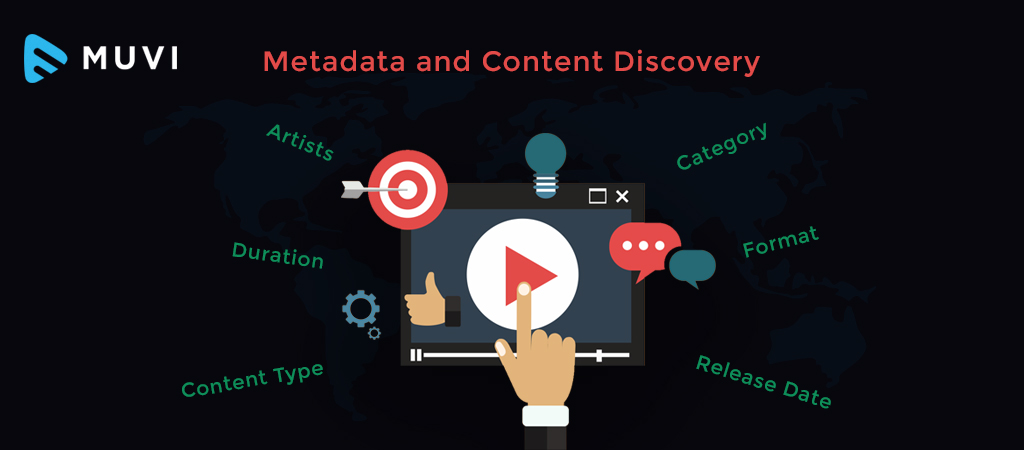



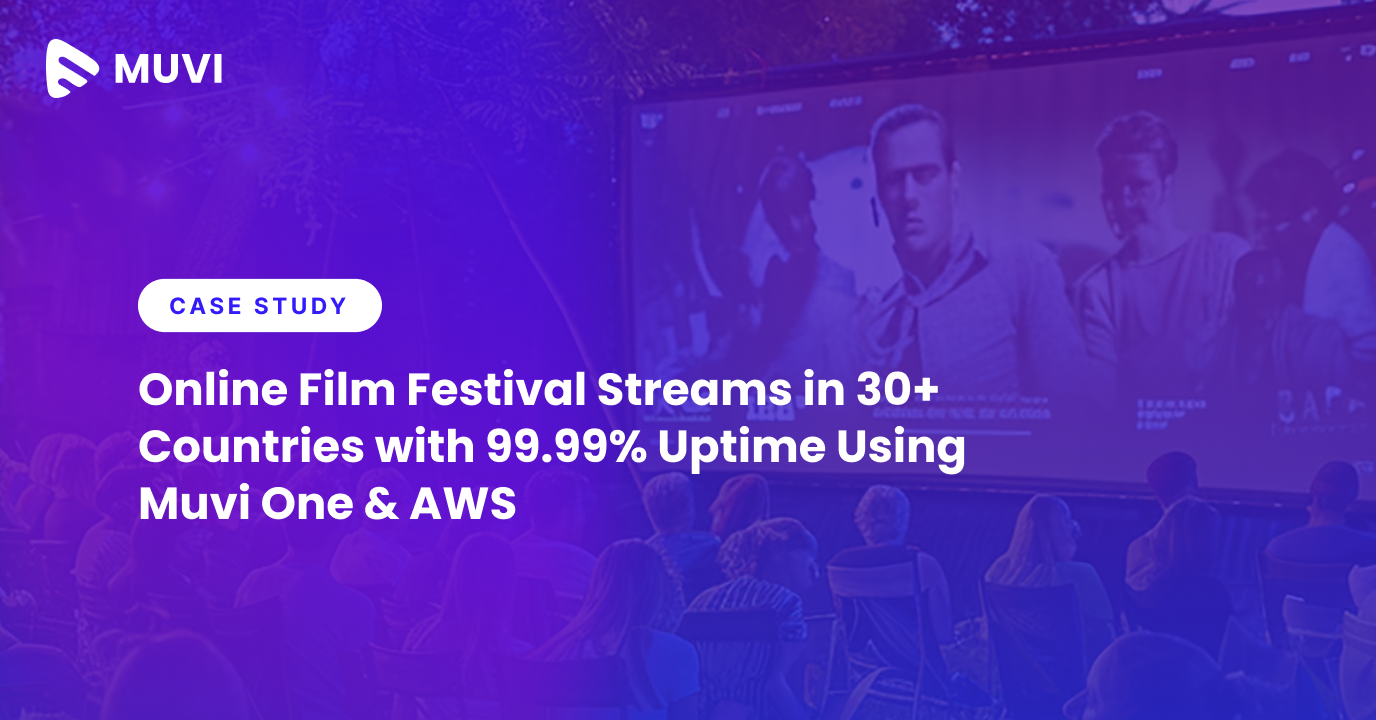

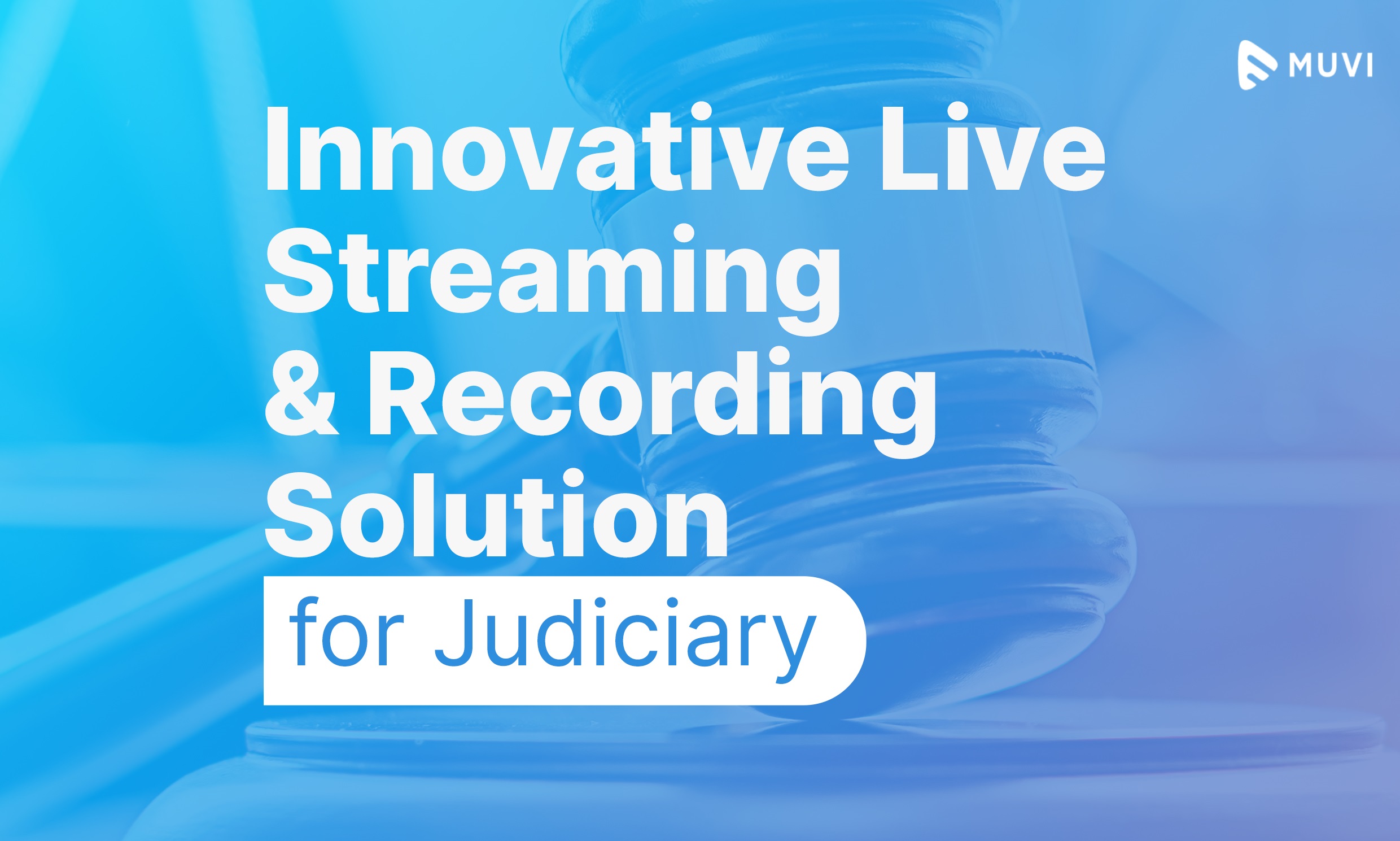


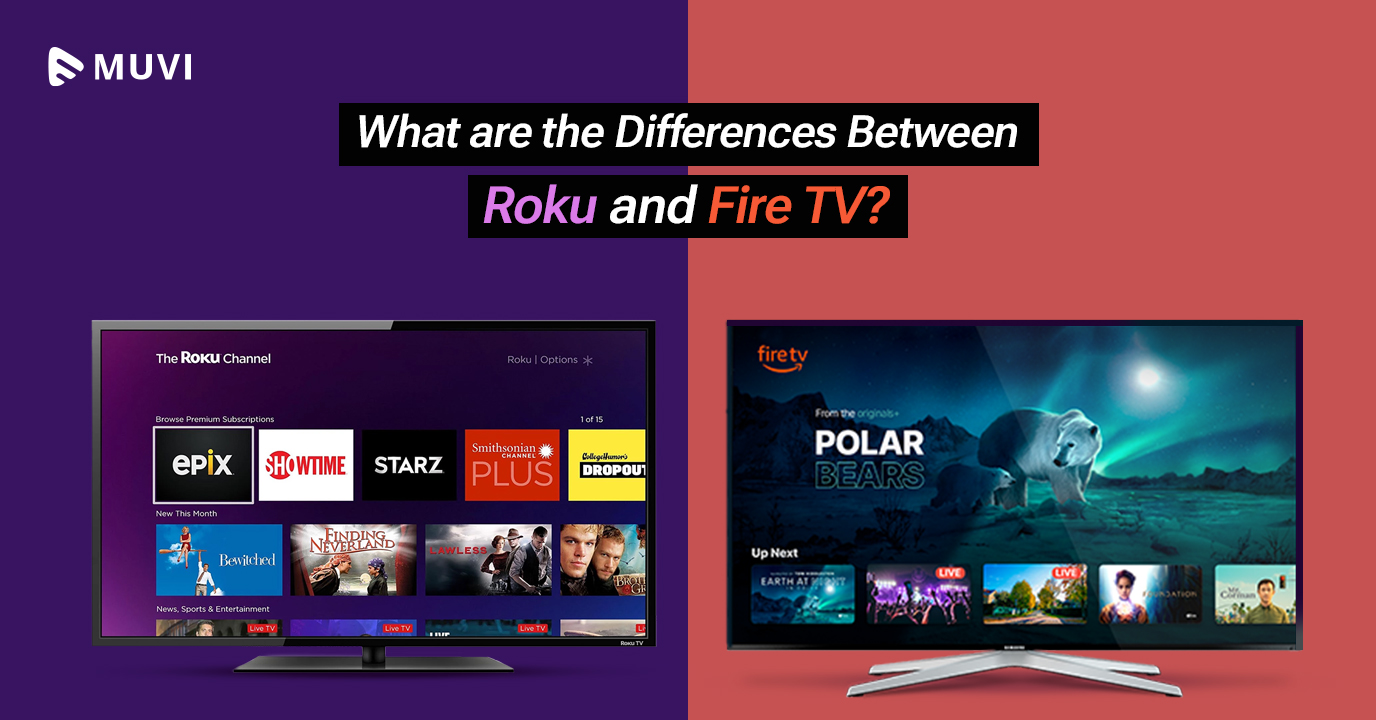
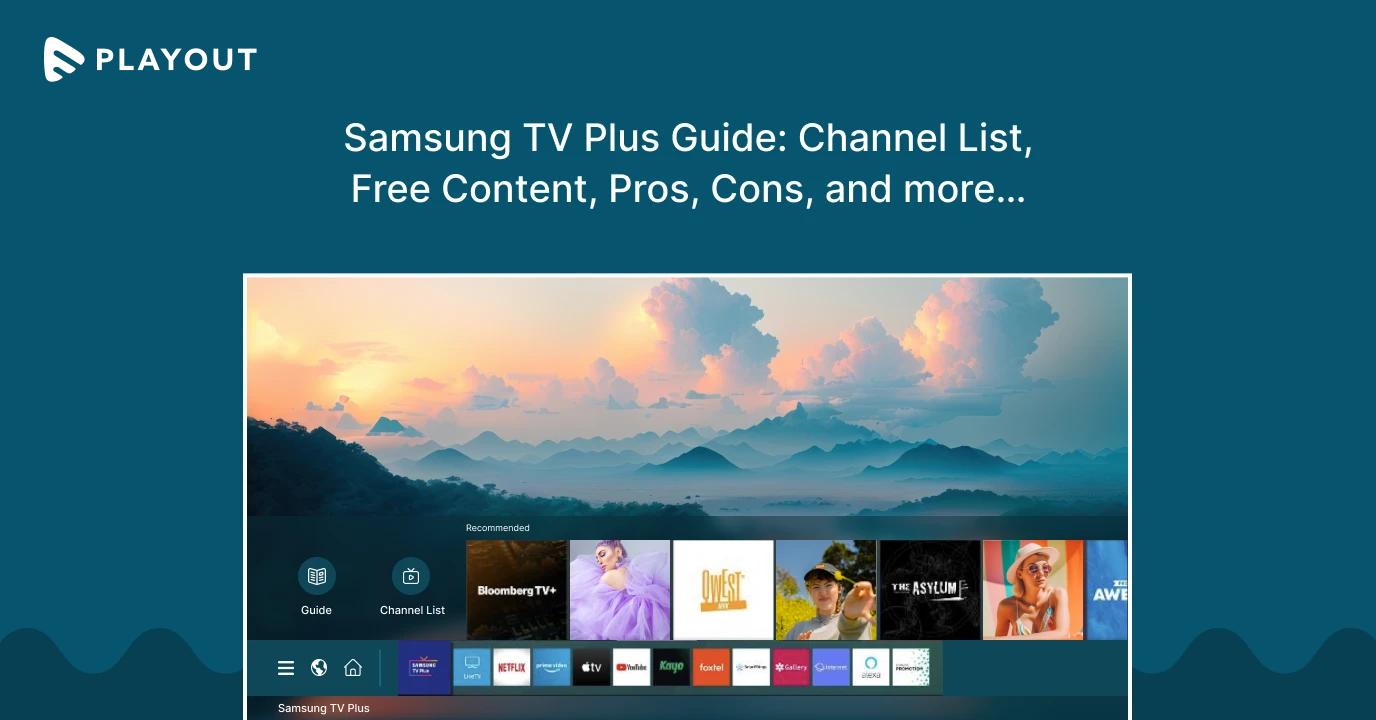
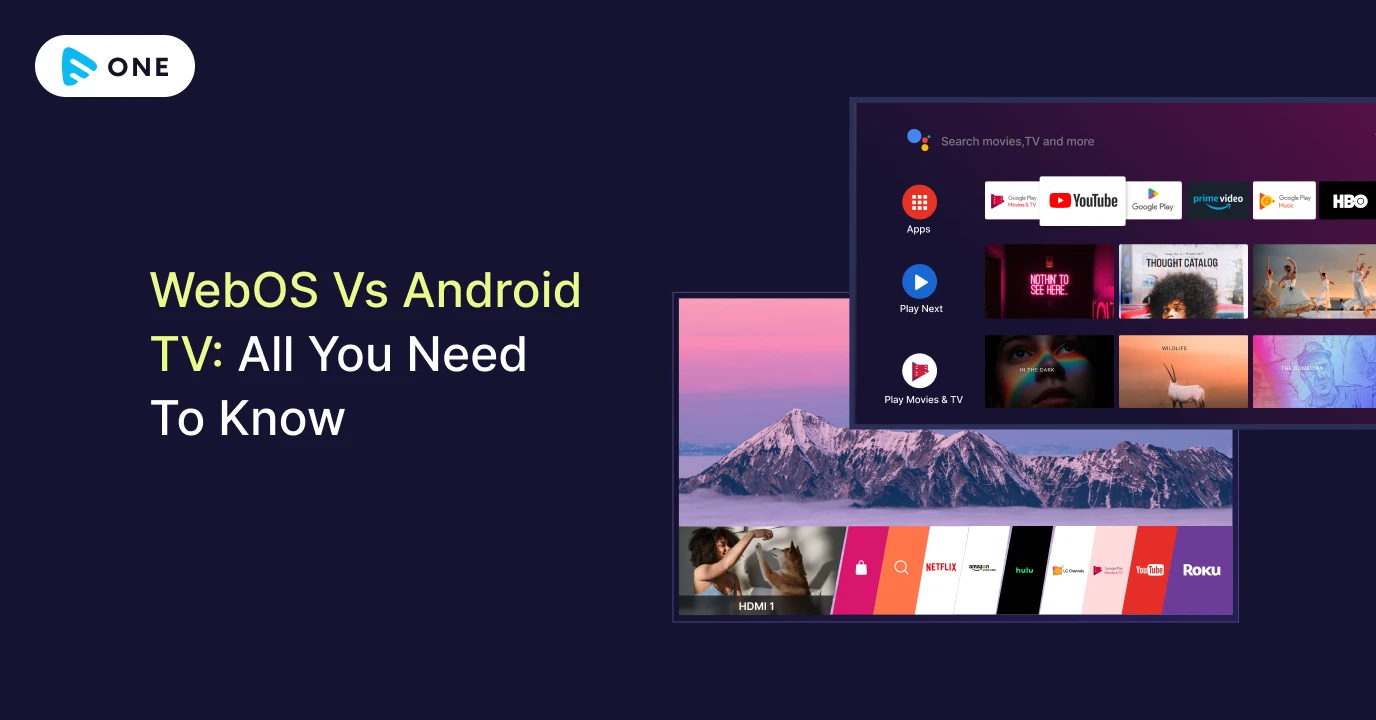



Add your comment